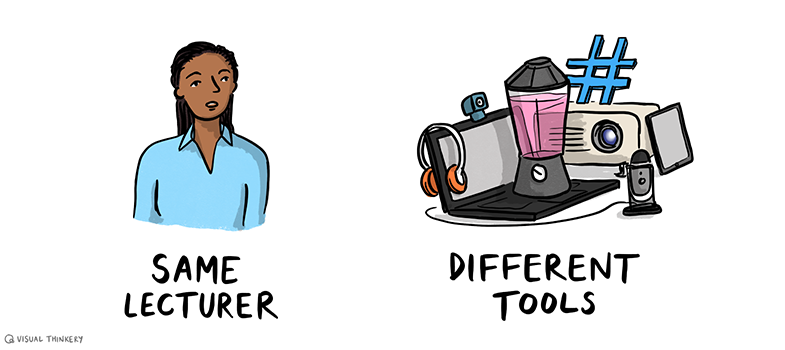Session 2 Online learning
Introduction
This second session of the course introduces some key terms in online education. These include the distinction between synchronous and asynchronous learning. In a face-to-face environment, almost all teaching is synchronous – the teacher is present at the same time as the students. This approach can work online, but there are times when there is no need for everyone to engage at the same time, so an asynchronous approach is better.
The session also covers blended learning, which combines the advantages of both online and face-to-face teaching. One way of doing this is by using a ‘flipped classroom’ approach.
There is also an opportunity to develop the plans for online education that you began to think about in your reflection at the end of Session 1.
Learning outcomes
By the end of this session, you should be able to:
- use digital communications to support learning;
- consider the communication and access needs of different learners;
- participate actively in social media relevant to your professional role and interests;
- facilitate learning in digital settings.






